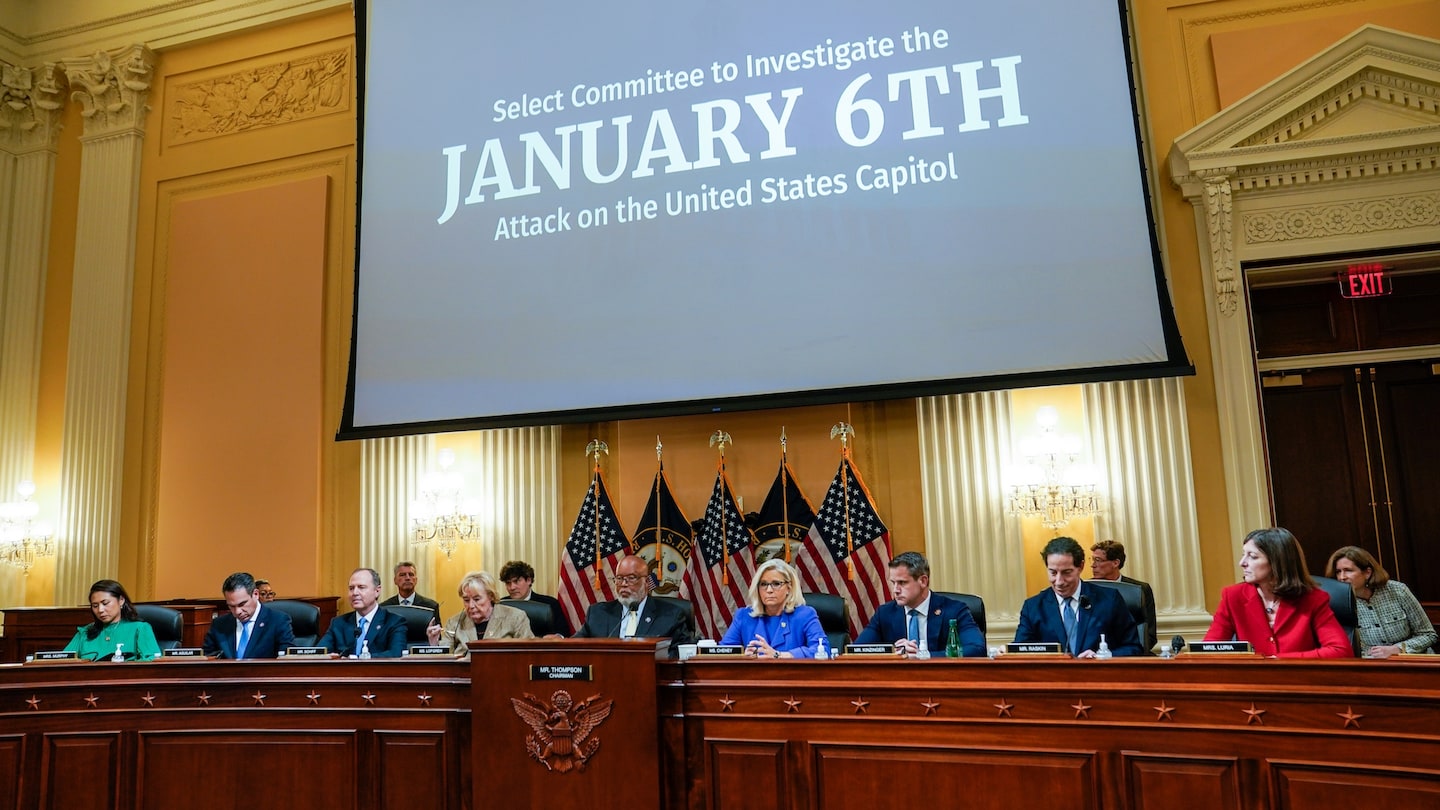The last scheduled hearing of the January 6 committee on Capitol Hill is this week. Although the result of the proceedings is far from being decided, the hearings have provided a fascinating window into how to give a compelling presentation.
It is no accident the hearings have been different than your average Capitol Hill testimonials. The committee turned to TV veteran James Goldston, the former president of ABC News, to turn thousands of interviews, documents and video clips the committee gathered into something that is easy for the average person to watch and understand. Here are some techniques they used for you to consider when planning your next presentation.
- Timing matters – Pick a time for your presentation that is convenient for the audience you want to reach. Most congressional hearings are held during regular business hours when most people are at work and are unavailable to see them, if they are televised at all. People who want to know what happened must then rely on journalists to learn more. The unusual decision by the committee to move the opening argument presentation on June 9 to prime time increased the visibility dramatically. According toto Bloomberg.com, more than 20 million people watched the prime time debut in real time free of analysis. The hearing set for July 21st is also scheduled to happen during prime time and has the potential to draw a large audience.
- Use video to craft a narrative – The first day of the hearings featured a series of edited images and video from January 6th that were carefully selected, at points time stamped and, in some cases, had words to transcribe audio that may have been difficult to hear clearly. The committee made it known that some footage had never been seen before, which served to pique the interest of those who had seen other images from the day several times already. The Washington Post described it as a “chilling montage of the attack on the Capitol” which is the impression the images and sound were selected to create. The committee also decided to videotape all of the depositions which gave them video to use to illustrate their points. As NPR pointed out, the edited testimonial clips have been kept short, rarely lasting more than a minute, to keep the presentation moving.
- Be willing to improvise – All planners know expecting the unexpected is part of the business. The committee carefully planned the hearings for months, but as new information emerged, they were flexible enough to change the lineup and move the schedule around. The biggest example of this was Cassidy Hutchinson who wasn’t on the schedule for live testimony until she decided to bring forward new information about what she saw that day.
- Include real people and real emotion – The January 6 committee was sure to include nonpublic figures whose lives were impacted by efforts to discredit the election. One of the most compelling was the testimony of Fulton County Georgia poll worker Shaye Moss who was accused of passing a USB drive to her mother, when it was a ginger mint. She emotionally recalled how since the erroneous reports came out, she has faced so many threats she is barely able to leave her house. This put a human face on the suffering of an ordinary citizen and serves as a reminder of what is at stake.
The New York Times has compared the January 6 hearings to a tightly scripted television series with episodes that have a beginning middle and end. Conservative news outlets such as Fox News have dismissed the hearings as a one sided “show trial.” The true verdict in the court of public opinion may come with the voters in the midterm elections this November. Either way the January 6 committee has people talking about the hearings instead of ignoring them. If you keep some of these strategies in mind, you can do the same for your next event or presentation.




